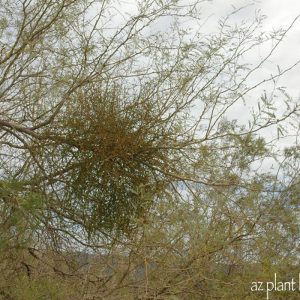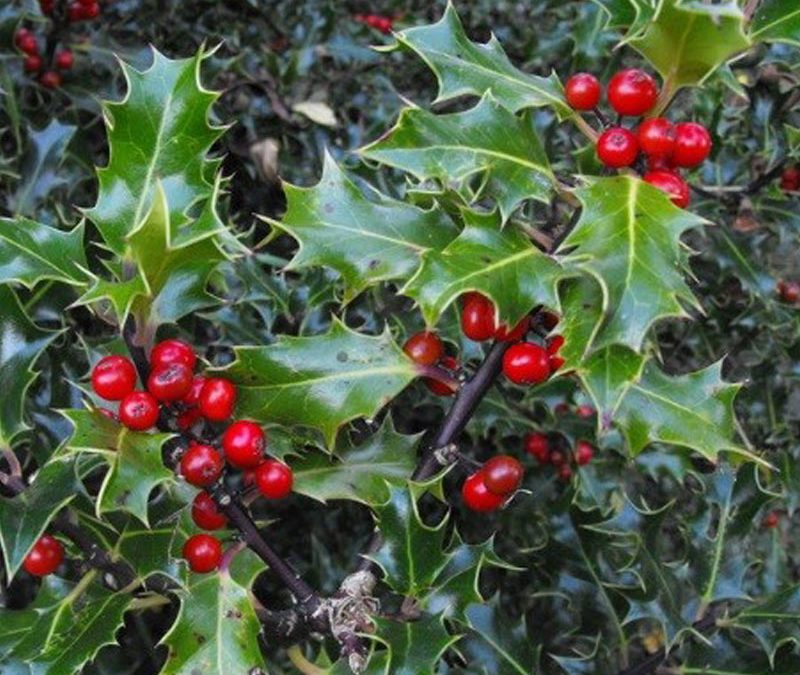Underneath the Mistletoe: The Truth
How many of you stole a kiss underneath the mistletoe this holiday season?
Mistletoe is not only the symbol for holiday romance, it is also a common parasite that affects many plants of the native Arizona landscape. A common misconception is that mistletoe is only associated with winter but certain species of mistletoe actually thrive in the warm, dry climate of the Southwest desert. Some common desert trees that are susceptible to mistletoe infestation are palo verde, mesquite, ironwood, pine, and juniper.
When most people picture mistletoe, they think about a pretty sprig of bright green, glossy leaves that you hang above a doorway as a decoration. Not all types of mistletoe resemble the attractive, festive type that we use at Christmas time. Those species of mistletoe are typically harvested from cottonwood, sycamore, willow, and ash trees.
Desert species of mistletoe appear as a dense bundle of woody twigs nestled in the branches of trees. You have probably seen them in palo verde or mesquite trees without even realizing it.

Mistletoe is an invasive parasite that steals its water and nutrients from it’s host plant. This can affect the health of the host plant, weakening the structure. In some cases heavy infestation can eventually lead to plant death. Mistletoe contains chlorophyll (unlike many other types of parasites) so it can also produce it’s own source of food utilizing energy from the sun when it can’t get enough from the host plant.
Mistletoe is most commonly spread by birds that are attracted to the small white, pinkish, or green berries that grow in clusters along with the leaves. The birds eat the berries and then fly to other plants and trees, spreading the berries which stick to their beaks and feet to the new plant. The berries then attach to the new host and eventually sprout. Residue from the birds’ droppings can also spread the parasite.
It can be hard to get rid of a mistletoe infestation once you have it. It is often difficult to access the infected area of the tree, as it tends to grow very high in the canopy where the direct sunlight hits. If you prune mistletoe, it will often times continue to grow back due to buds still embedded in the surface of the branches. To prune it properly you need to cut far enough into the branch to remove the buds without damaging the structure of the branch. The best option would be to remove the infected branch entirely at the base.
Just something to keep in mind next time you are locking lips during the holidays!


